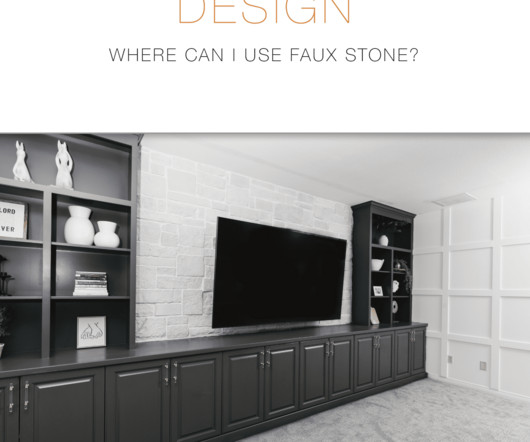Where can I use faux stone
Realstone
SEPTEMBER 22, 2023
Everyone loves the classic and timeless appeal of stone. However, real stone installations can be expensive. Enter faux stone: the stylish, cost-effective, and versatile alternative. But you may ask yourself, where exactly can I use Faux stone? Where Can You Use Faux Stone?













Let's personalize your content